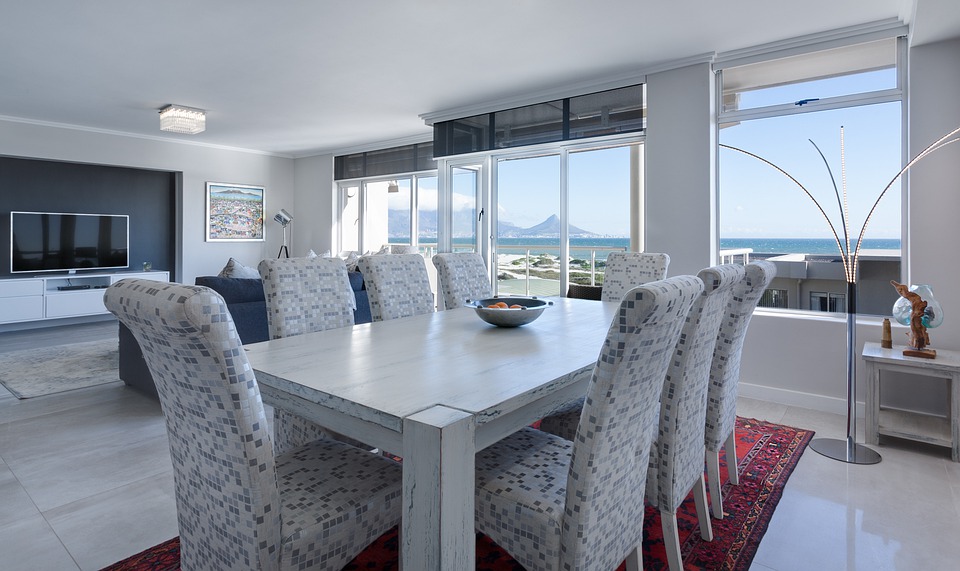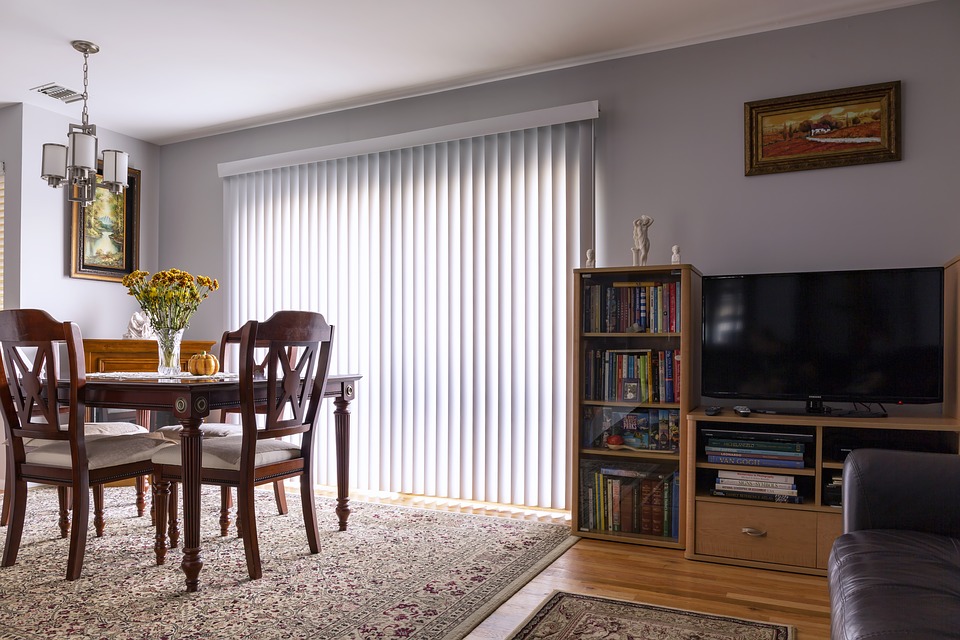The colour of your window blinds has a major impact on the overall feel of your home, so it’s important to get it right. The problem lies with selecting the right colour for your blinds, because the wrong colour can destroy the ambience in a room, while the right colour can lift the whole feel of the room. So if you are considering updating your blinds, here are a few tips that will help you to select the ideal colour for your blinds.
Consider the colours and textures in the room
Your first priority is to take into consideration the other colours and textures in the room. These colours and textures include the flooring, paint, rugs, wall art, throws, cushions and anything else in the room. As a rule of thumb, if you already have plenty of colour and texture in your room then opt for a neutral colour, and if the opposite is true, then you can opt for a more racy or adventurous colour for your blinds.
Set the right mood
We all know that colours can affect our mood, so how you want to feel in a room can partly dictate the colour of your blinds. For example, in a study or home office you might want to feel focused and calm, in your living rooms you might be happier for a more vibrant feeling, whilst in the bedrooms you might want to promote a calm and relaxed feeling. So select the colour of your blinds based on how you want to feel in each room.

Amount of light should influence your selection
The amount of natural light in a room affects the appearance of colours, so it’s a good idea to test this out before deciding on your colour of your blinds. Ask the vendor to give you a sample of the colours you like most and look at them at different times of day in each room. You might find that you need to change one or more of these colours, because it doesn’t look the same as in the store!
Embrace the 60-30-10 rule
Instead of haphazardly choosing a number of different colours for a room or even guessing what is suitable, the best designers use the 60-30-10 rule. With this rule you select three colours for a room, one that will be dominant, another as a secondary colour and the third an accent colour. The dominant colour is used in 60% of the room, the secondary colour in 30%, and the accent colour in 10% of the room. This balances your colour palette and creates a harmonised feel to the room.

Size definitely matters
The size of the room will also partly dictate the colours you choose for the blinds. For example, a light colour makes a large room appear bigger and a dark colour makes the walls of a small room close in. If you have an overly large room or a really small room, sometimes it’s better to select a neutral colour for your blinds, but you also need to consider the size of the windows, because if they are a prominent feature in the room, you can either blend them in with a neutral colour or give them more impact with lots of colour.
With these tips to hand, you should have no problems selecting the right blinds for each of the rooms in your home!


